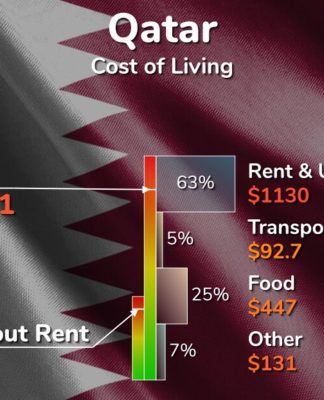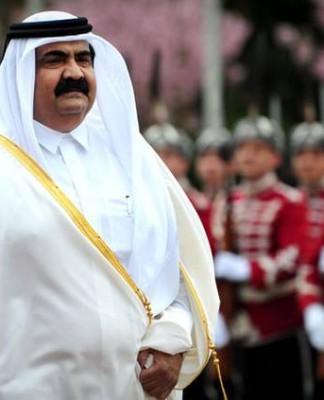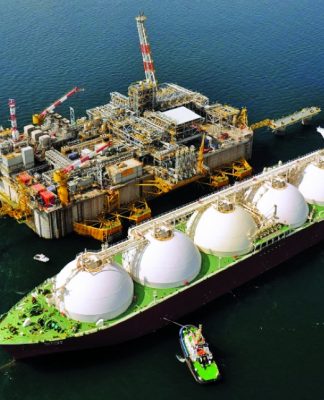ENERGY TRANSITION
Government spending on clean energy is ramping up globally. Here’s why it matters
Apr 5, 2023
Clean energy transition: More than $1.2 trillion has been spent since April 2020, mainly on low-carbon electricity and transport.
Image: Unsplash/Sander Weeteling
Stefan Ellerbeck
Senior Writer, Forum Agenda
Share:
OUR IMPACT
What’s the World Economic Forum doing to accelerate action on Energy Transition?
THE BIG PICTURE
Explore and monitor how Energy Transition is affecting economies, industries and global issues
CROWDSOURCE INNOVATION
Get involved with our crowdsourced digital platform to deliver impact at scale
Stay up to date:
Energy Transition
This article is part of:
Shaping the Future of Energy, Materials and Infrastructure
Listen to the article
8 min listen
Government spending on clean energy globally has risen by $500 billion since Russia’s invasion of Ukraine, according to the International Energy Agency (IEA).
More than $1.2 trillion has been spent since April 2020, mainly on low-carbon electricity, transport and energy efficiency in buildings and industrial sectors.
However, most spending has been in advanced economies with developing ones focusing more on consumer affordability measures.
Russia’s invasion of Ukraine and the ensuing geo-political instability has seen many countries scramble to reduce their reliance on fossil fuels.
That’s one of the key findings of the International Energy Agency’s (IEA) latest Government Energy Spending Tracker, which analyzed almost 1,600 financial measures across 67 countries between April 2020-October 2022.
Global crisis prompts clean energy boom
Government spending on clean energy has risen by more than $500 billion since March 2022, says the IEA. This brings the total amount allocated to clean energy since the outbreak of the COVID-19 pandemic to more than $1.2 trillion.
“The responses from governments to the crisis are going in the right direction,” says IEA Executive Director Fatih Birol. “The unprecedented financial support we are seeing for clean energy transitions is improving energy security and dampening the impact of high fuel prices on customers.”
The high level of government spending on clean energy also looks likely to provide a catalyst for “substantial flows of private investment”, according to the IEA. It estimates this could increase the overall level of global clean energy investment by another 50% to more than £2 trillion per year in 2030.
Total government clean energy investment support enacted, by region.
Advanced economies currently receive the lion’s share of clean energy investment. Image: IEA
Power sector sees most investment
The Government Energy Spending Tracker reveals how the low-carbon electricity sector has witnessed a four-fold increase in resources since April 2020. This is mainly due to tax incentives provided by the US Inflation Reduction Act, which came into effect in 2022, as well as new measures brought in by European countries, according to the IEA.
“The largest share of clean energy investment support is now heading to low-carbon electricity ($290 billion), followed by mass and alternative transit ($256 billion, almost half of which goes to high-speed rail),” the IEA reports.
“Next are energy-efficiency improvements in buildings and industrial sectors ($254 billion, half of which is being dedicated to energy-efficient retrofits) and clean fuel and technology innovation ($177 billion).”
Government clean energy investment supported enacted, by region.
Low-carbon electricity has seen the greatest investment globally since the start of the pandemic. Image: IEA
Uneven clean-energy investment spending
Almost all (95%) governmental clean energy investment support since the COVID-19 crisis has been in advanced economies, according to the IEA, which have collectively earmarked $1,145 billion. America accounts for around half of this, with the IRA alone directing $370 billion, while 37% (approximately $45 billion) comes from European Union (EU) investments.
But faced with soaring international prices, developing and emerging economies have focused on consumer affordability measures, mobilizing $114 billion to help keep costs down for electricity, transportation and cooking fuels in the short term.
“There are worrying geographical imbalances, with many emerging and developing economies at risk of being left behind if the international community does not step in to help them mobilize much more clean energy investment,” Birol warns.
Governments act to protect consumers from the energy crisis
The global energy crisis has also pushed consumer affordability to the top of all government agendas, according to the IEA. These support measures began in September 2021 but increased significantly following Russia’s invasion of Ukraine.
“Governments worldwide have now enacted almost $630 billion in energy affordability measures directed at domestic households and businesses, in the form of tax reductions, fuel subsidies, energy price regulation cost compensation or liquidity support (energy company bailouts, loans and credit guarantees, bill forbearance),” it says.
More than 80% of this emergency support expenditure has come from governments in advanced economies. The EU accounts for more than half of this, the IEA says, because of its high exposure to the energy crisis.
Government clean energy investment support and consumer energy affordability spending earmarked, by region.
Government spending on energy globally has varied significantly by region since the start of the COVID-19 pandemic. Image: IEA
DISCOVER
How is the World Economic Forum driving the energy transition?
Monitoring the clean energy transition
The decarbonization of industries is fundamental to the global energy transition. Five industries (cement and concrete, iron and steel, oil and gas, chemicals, and coal mining) are responsible for 80% of industrial emissions.
The World Economic Forum has monitored the global energy transition for more than a decade through its Transition Index (ETI). Its Fostering Effective Energy Transition 2022 Edition update builds on recent ETI trends to provide a spotlight on current challenges and the priorities to accelerate it.
Have you read?
4 priorities for a clean energy transition in 2023
The renewable energy transition is creating a green jobs boom
Power of digitalization: How better use of data is helping drive the energy transition
Don’t miss any update on this topic
Create a free account and access your personalized content collection with our latest publications and analyses.
License and Republishing
World Economic Forum articles may be republished in accordance with the Creative Commons Attribution-NonCommercial-NoDerivatives 4.0 International Public License, and in accordance with our Terms of Use.
The views expressed in this article are those of the author alone and not the World Economic Forum.
Share:






























